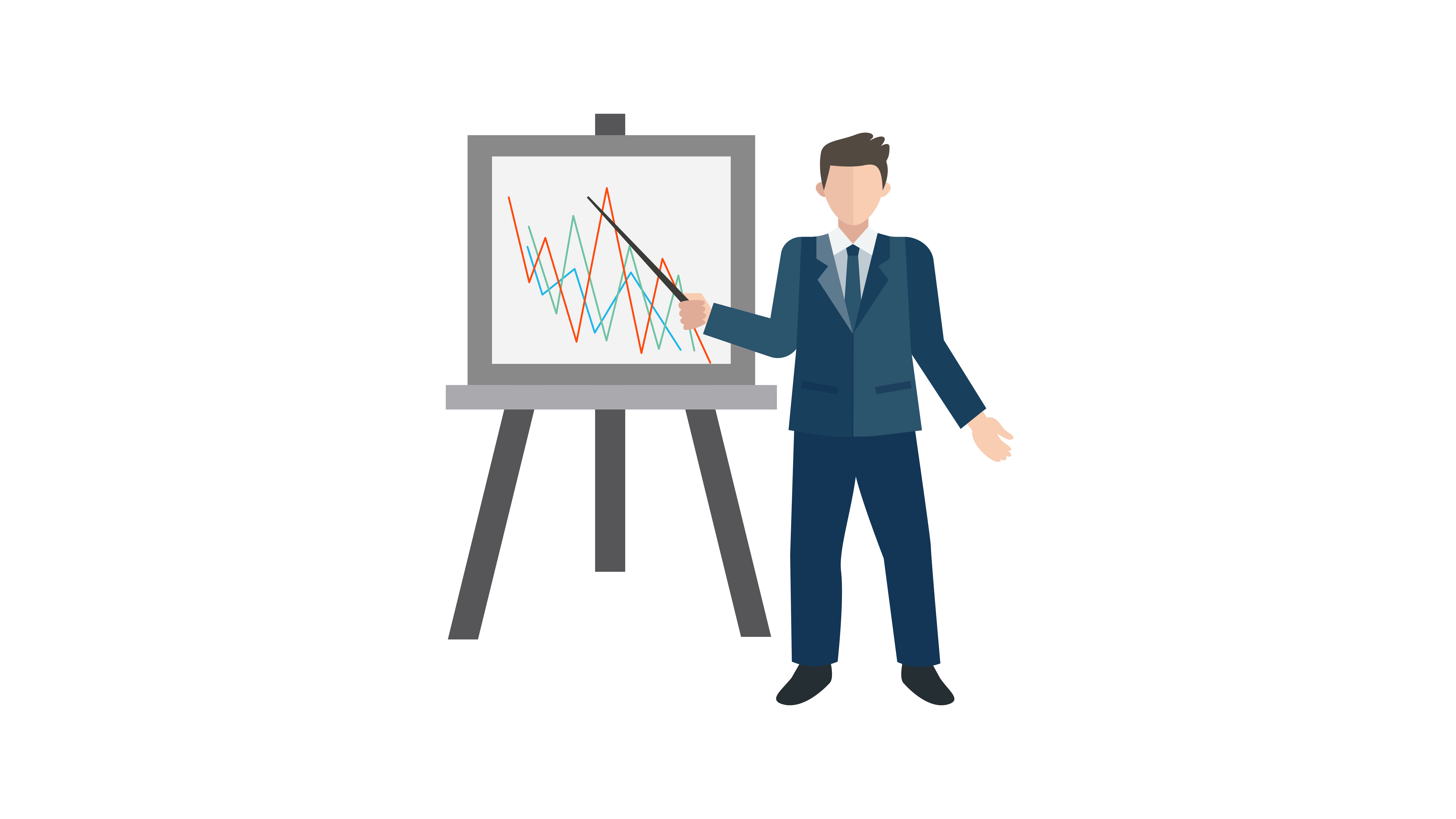Featured
Customer data platforms (CDPs) are an essential instrument for modern businesses that want to gather data, store, and manage customer data in one central place. These software applications give an enhanced and more comprehensive understanding of the customer and can be used to target marketing and personalize the customer experience. CDPs also provide a wide range of capabilities, such as data governance such as data quality and data formatting, as well as data segmentation and compliance, to ensure that the information about the customer is recorded, stored, and utilized in a regulated and organized manner. With the capability of pulling data from different APIs as well, CDPs also allow organizations to use other APIs, CDP also allows organizations to make the customer the center of their marketing strategies and to improve their processes and get their customers involved. This article will discuss the various aspects of CDPs and the ways they can help organizations.
customer data platform
Understanding CDPs: A customer data platform (CDP) is a computer program that allows organizations to gather data, store and manage the customer's information in one central data center. This allows for more complete and accurate view of the customer. This can be used for targeted marketing and personalized customer experiences.
-
Data Governance Data Governance: One of the most important advantages of the CDP is its capability to categorize, safeguard, and monitor information being integrated. This involves profiling, division and cleansing of the data. This ensures that the enterprise is in compliance with the regulations on data and policies.
-
Data Quality: Another crucial element of CDPs is to ensure that the data that is collected is of high-quality. This involves ensuring that the data is properly recorded and is of the highest specifications for quality. This will help reduce additional costs associated with cleaning, transforming, and storage.
-
Data formatting: A CDP can also ensure that data is entered in a specified format. This permits data types like dates to be linked across customer data and ensures the same and consistent data entry. customer data platform cdp
-
Data Segmentation Data Segmentation CDP allows you to segment customer data in order better understand your customers. This allows you to test different groups against each other and to get the most appropriate sampling and distribution.
-
Compliance CDP: The CDP lets organizations handle customer data in a manner that is in line with. It lets you define secure policies and categorize information in accordance with the policies. You may also be able to detect policy violations when making decisions about marketing.
-
Platform Selection: There is a wide range of CDPs and it's vital to know your requirements prior to selecting the one that is best for you. It is important to consider features such as data privacy , as well as the ability to pull data from other APIs. what is customer data platform
-
Put the customer at the Center The Customer is the Center of Attention CDP permits the integration of real-time customer data. This allows for immediate accuracy, precision, and unity which every department in marketing needs to boost efficiency and engage customers.
-
Chat billing, Chat: With the help of a CDP it's easy to gather the information that you require for a successful discussion, whether it's previous chats as well as billing.
-
CMOs and CMOs and Big Data CMOs and Big Data CMO Council, 61 percent of CMOs feel they're not leveraging the power of big data. A CDP could help overcome this issue by offering an entire view of the customer . It also allows the more effective use of data for marketing as well as customer engagement.
With a lot of various kinds of marketing technology out there each one generally with its own three-letter acronym you might wonder where CDPs come from. Even though CDPs are among today's most popular marketing tools, they're not an entirely new idea. Rather, they're the most recent step in the advancement of how marketers handle client data and customer relationships (Cdp Meaning).

For the majority of online marketers, the single biggest value of a CDP is its ability to segment audiences. With the abilities of a CDP, online marketers can see how a single consumer interacts with their company's different brands, and identify opportunities for increased personalization and cross-selling. Obviously, there's far more to a CDP than segmentation.
Beyond audience division, there are three huge reasons why your company may want a CDP: suppression, personalization, and insights. Among the most interesting things marketers can do with information is identify customers to not target. This is called suppression, and it becomes part of delivering really personalized client journeys (Cdp Product). When a client's unified profile in your CDP includes their marketing and purchase data, you can reduce ads to consumers who have actually currently purchased.

With a view of every consumer's marketing interactions linked to ecommerce data, website check outs, and more, everyone throughout marketing, sales, service, and all your other teams has the chance to comprehend more about each consumer and provide more individualized, relevant engagement. CDPs can assist marketers attend to the root causes of a lot of their greatest day-to-day marketing issues (Customer Data Platform Cdp).
When your information is detached, it's more hard to understand your clients and create meaningful connections with them. As the number of data sources utilized by marketers continues to increase, it's more essential than ever to have a CDP as a single source of reality to bring all of it together.
An engagement CDP uses client information to power real-time customization and engagement for customers on digital platforms, such as websites and mobile apps. Insights CDPs and engagement CDPs comprise most of the CDP market today. Very few CDPs consist of both of these functions equally. To select a CDP, your business's stakeholders need to think about whether an insights CDP or an engagement CDP would be best for your requirements, and research study the couple of CDP choices that consist of both. Customer Data Platform Definition.
Redpoint GlobalLatest Posts
The Benefits of Pulling Data from Other APIs with a CDP
Combining Raw, Real-time Customer Data with a CDP
The Role of CDPs in Understanding Customer Behaviour